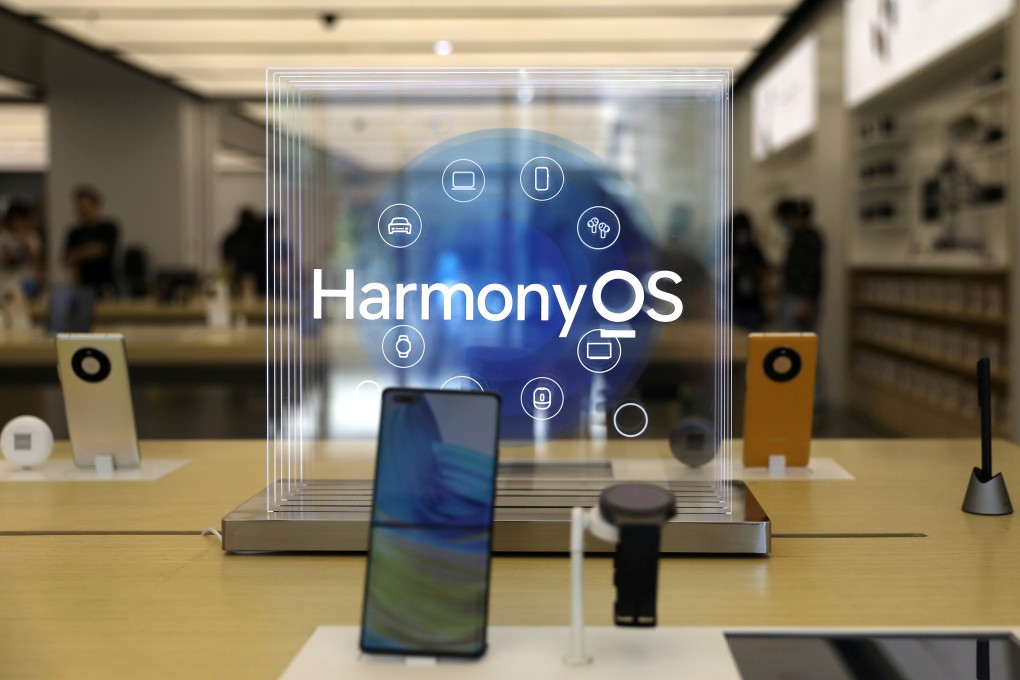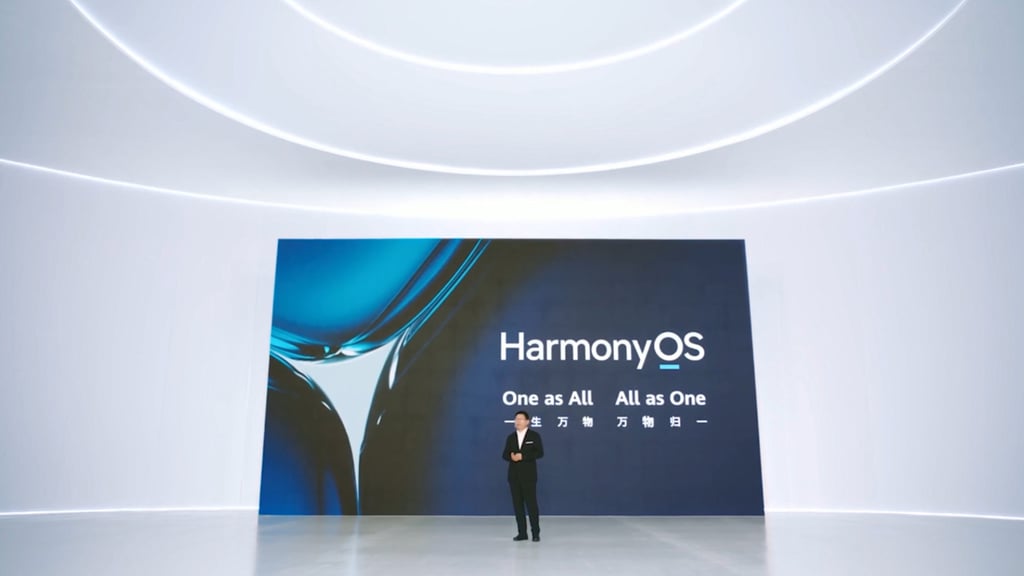Huawei to launch updated home-grown operating system HarmonyOS 3 amid US sanctions as China seeks tech self-sufficiency
- The sanctions-hit Chinese telecoms giant says it plans to launch an updated version of its self-developed operating system this month
- The Android alternative, released nearly three years ago, has largely failed to stem Huawei’s losing tide in the global smartphone market

HarmonyOS 3 will be released on July 27, according to Huawei’s statement posted on the microblogging site Weibo. The company did not elaborate on the features of the new system.
Huawei declined to comment further on Monday.
The Shenzhen-based telecoms giant debuted HarmonyOS in August 2019, three months after Google stopped providing its suite of proprietary mobile software services to the company because of US trade sanctions.

The Chinese company has been banking on its in-house operating system, which is used on a variety of products in its ecosystem, to stay competitive. HarmonyOS 2, released in September 2020, been available for users to install on existing Huawei smartphones since last year.
By the end of last year, 220 million Huawei devices were equipped with HarmonyOS.